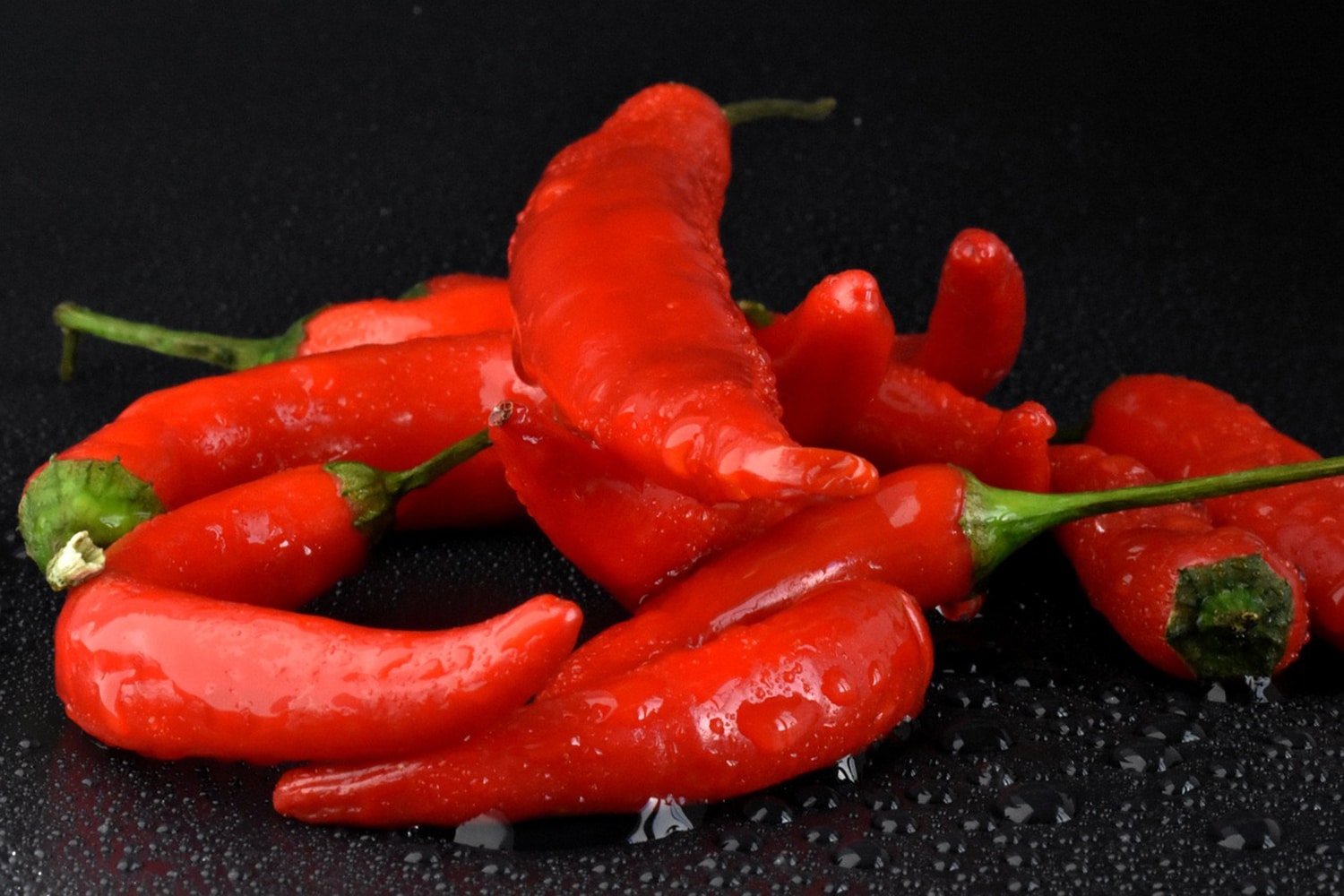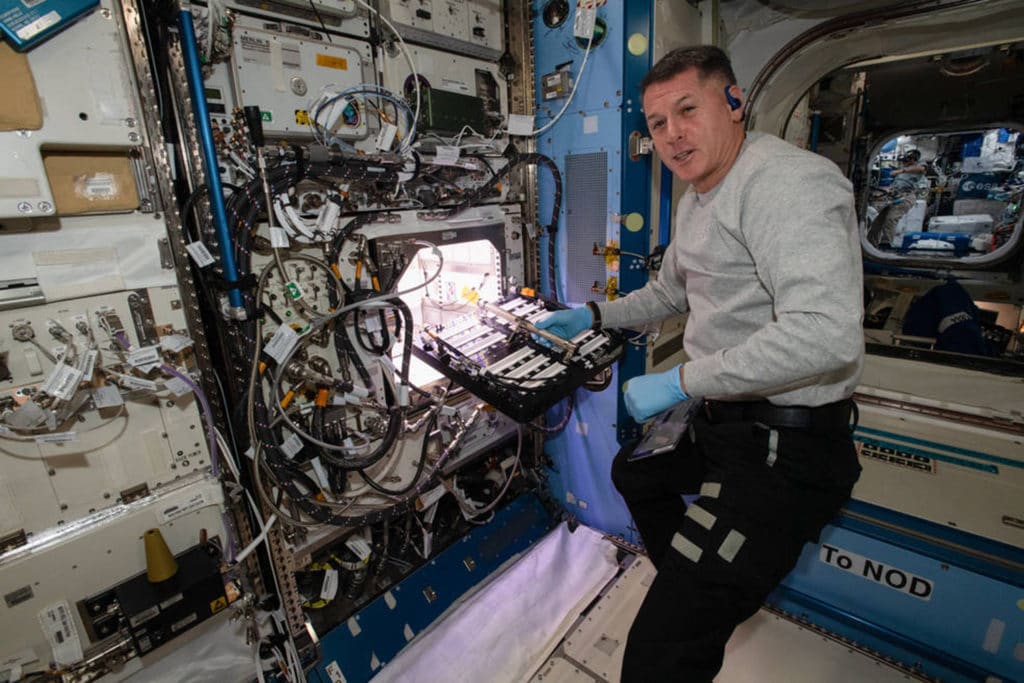
Within few months, NASA will use red and green chile peppers in astronauts’ diets in space. As part of the Plant Habitat-04 (PH-04) experiment, NASA astronaut Shane Kimbrough initiated the experiment of planting Hatch chile pepper seeds. The seeds arrived at the space station aboard SpaceX’s 22nd commercial resupply services mission in June.
The seeds are ‘Espanola Improved’ New Mexico Hatch Green Chiles, a medium-heat chile pepper. It is one of few varieties that individuals routinely eat when it is green and later as it becomes red. In-ground testing, these peppers have exhibited suitability for use in controlled environments.
The peppers will grow for about four months before the astronauts harvest them for the final time. It is the first time NASA astronauts will cultivate a crop of chile peppers on the station from seeds to maturity.
The next step involves tasting it and send the rest back to Earth for analysis, as long as all the data indicates they are safe for the crew to eat.
A team with Kennedy Space Center’s Exploration Research and Technology programs planted the seeds in a device called a science carrier that slots into the Advanced Plant Habitat (APH). The APH is one of NASA’s three plant growth chambers on the space station. It contains more than 180 sensors and regulates moisture levels, temperature, and carbon dioxide concentrations as plants grow inside it.

Matt Romeyn, principal investigator for PH-04, said, “It is one of the most complex plant experiments on the station to date because of the long germination and growing times. We have previously tested flowering to increase the chance for a successful harvest because astronauts will have to pollinate the peppers to grow fruit.”
“The challenge is the ability to feed crews in low-Earth orbit, and then to sustain explorers during future missions beyond low-Earth orbit to destinations including the Moon, as part of the Artemis program, and eventually to Mars. We are limited to crops that don’t need storage or extensive processing.”
“In space, crew members can lose some of their sense of taste and smell as a temporary side effect of living in microgravity, and they may prefer spicy foods or seasoned foods. Peppers are high (dense) in Vitamin C and other nutrients. They are even higher in Vitamin C than some citrus. These traits make peppers an excellent candidate for testing on the space station.”
“Growing colorful vegetables in space can have long-term benefits for physical and psychological health. We are discovering that growing plants and vegetables with colors and smells help improve astronauts’ well-being.”
LaShelle Spencer, PH-04’s project science team lead, said, “Environmental growing conditions determine the spiciness of the pepper. Combining microgravity, light quality, temperature, and rootzone moisture will all affect flavor, so it will be interesting to find out how the fruit will grow, ripen, and taste. This is important because the food astronauts eat needs to be as good as their equipment. To successfully send people to Mars and bring them back to Earth, we will not only require the most nutritious foods but the best tasting ones as well.”
Continue reading Growing Chile Peppers in space on Tech Explorist.

0 comments:
Post a Comment